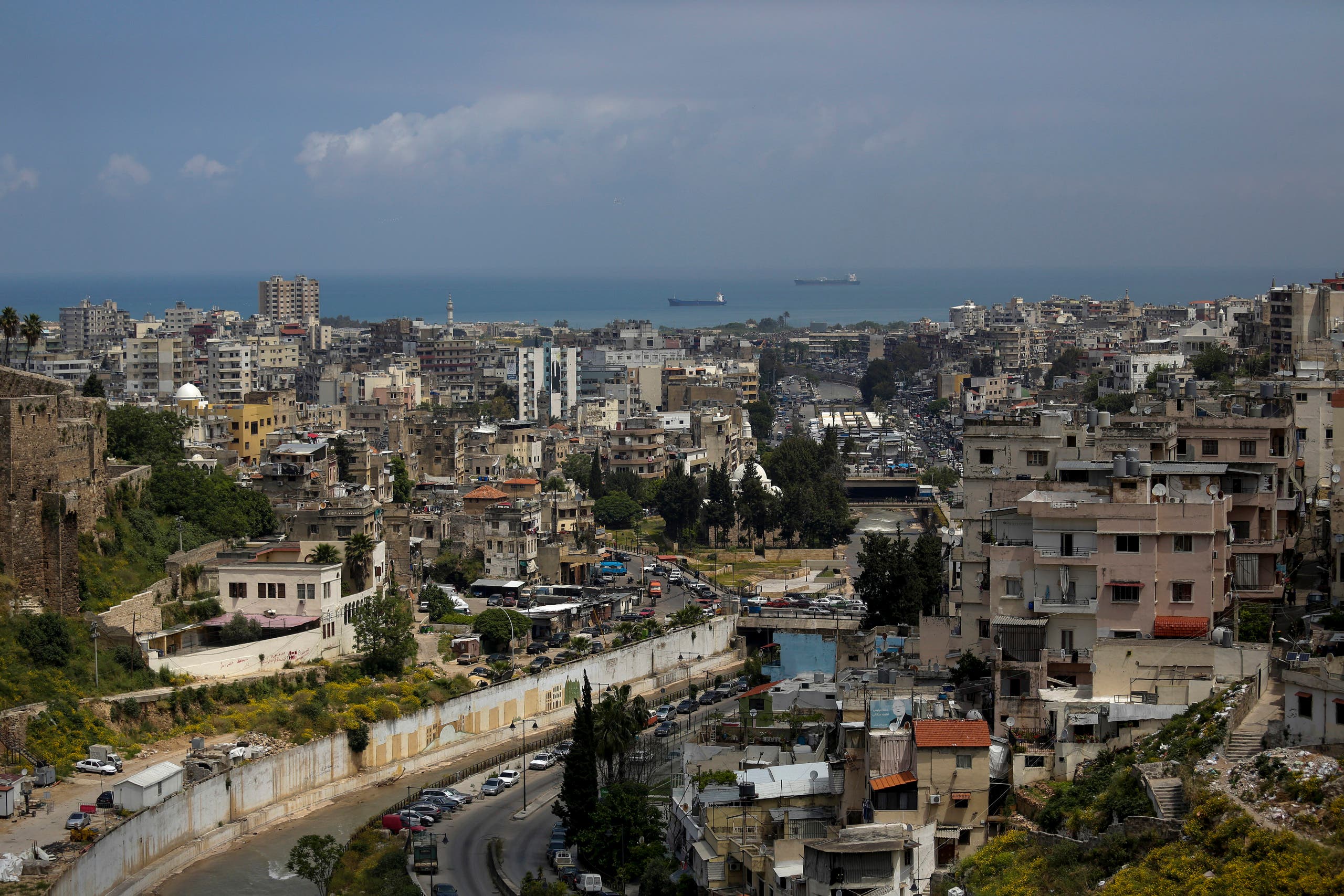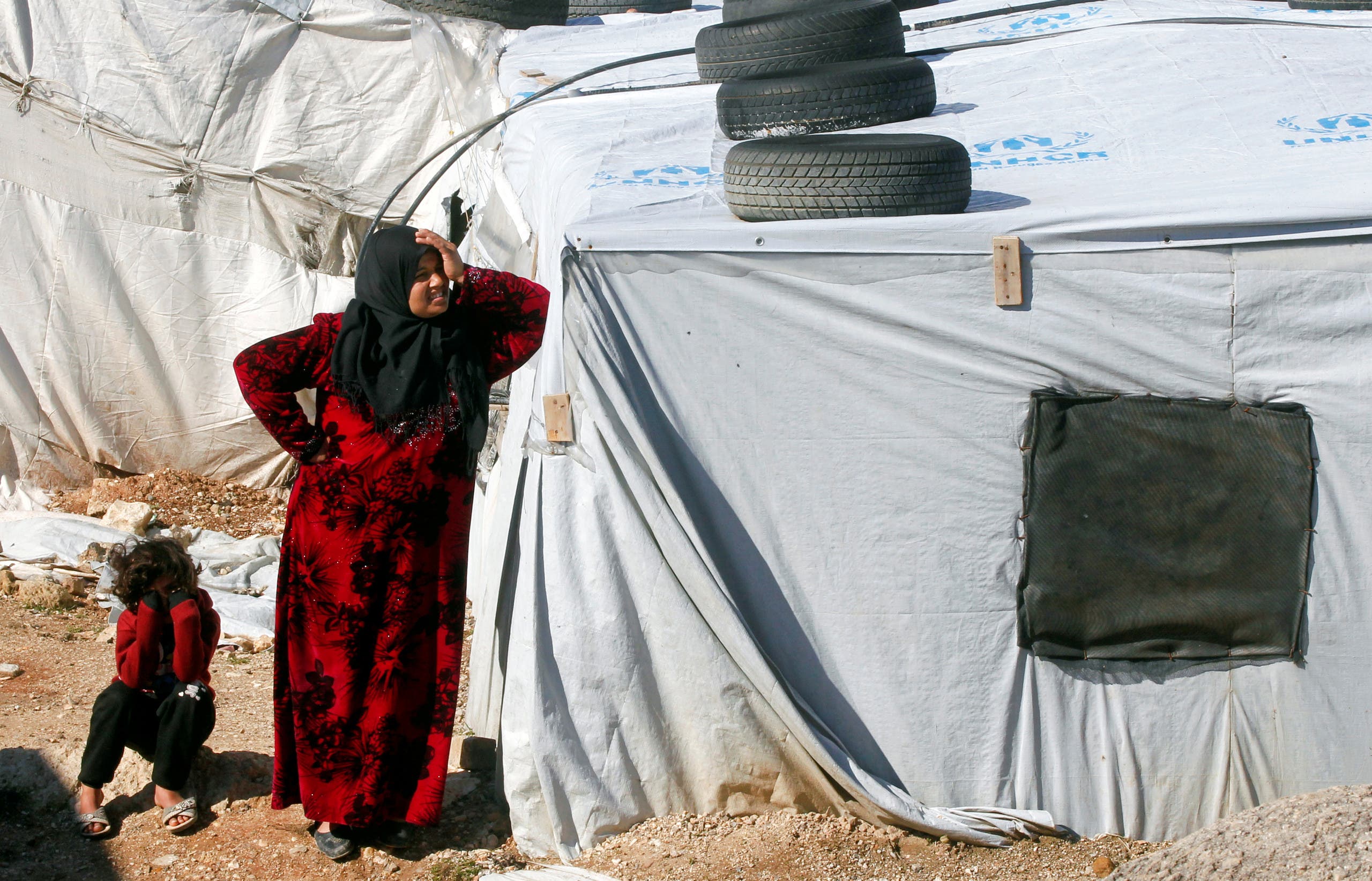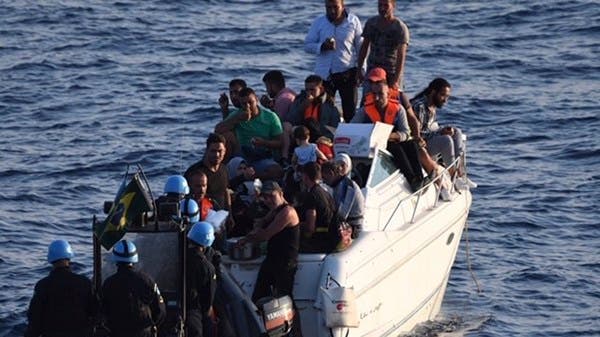Dr. Samer Abou Arbid was on shift at the Department of Emergency Medicine at the American University of Beirut Medical Center (AUBMC) when three kids were brought in for urgent care after spending six days lost at the Mediterranean Sea on a boat between Lebanon and Cyprus.
The children, two 6-year-old girls and a 15-year-old boy, had survived on drinking sea water and eating milk powder and toothpaste when they were left adrift in the middle of the ocean with 33 other Lebanese and Syrian migrants who had risked it all for a chance at a better life.
This has become the reality for hundreds of desperate Lebanese families who sold their belongings to either pay a smuggler or buy their own boat to embark on an often perilous 160 km journey across the Mediterranean in search of social and financial stability. Smugglers will take 7 million Lebanese lira (around $875 at the current exchange rate) per person; with 50 on a boat, a smuggler will aim to make 350 million lira, Lebanese media outlet Al Akhbar reported.
Illegal migration has seen a significant increase in Lebanon over the past few months as the economic situation continues to deteriorate due to the ongoing dollar crisis in the absence of any state-implemented financial reforms. Refugees have made the sea crossing since 2015, the UN refugee agency noted, but now with more frequency. And despite UNHCR’s efforts to highlight the danger of such trips, people still attempt to make the journey.
According to UNHCR, approximately 21 boats have set off from the Northern coast of Tripoli to Cyprus between July and mid-September. Three boat movements were detected in early July, but a significant spike of 18 movements was recorded between August and September 14.
The boats carried Lebanese nationals, as well as Syrian refugees, the latter of which had borne the brunt of the worst socio-economic crisis to hit Lebanon in decades, said Lisa Abou Khaled, public information officer and spokesperson for UNHCR.
Running away from ‘home’
The Lebanese lira has lost 80 percent of its value over the past year, and basic goods have become unaffordable for many. Those who still got paid in local currency could barely afford the hefty weight of the imploding economy, and those who had lost their jobs and income were struggling to make ends meet. Consequently, more than 55 percent of the population is now trapped below the poverty line, according to the United Nations Economic and Social Commission for Western Asia (ESCWA). The report said the “total number of poor among the Lebanese population to 1.1 million and 2.7 million for the lower and the upper poverty lines, respectively” in a country whose population is around 6 million, including over 1 million refugees.
Read more:
Lebanon: Tripoli port eyes increased traffic as economic boost after Beirut blasts
Expecting the collapse: Meet Lebanon’s young political party ready to take power
But poverty is not new to Tripoli, which has always been one of the most impoverished and overlooked cities in Lebanon, despite some of its politicians being among the wealthiest men in the Middle East, as ranked by Forbes. Over the years, migrant boats headed from the Northern capital’s port to Cyprus usually held Syrian and Palestinian refugees residing in Lebanon, reported Reuters, but recently their Lebanese counterparts from the deprived Lebanese neighborhoods of Tripoli and Akkar have been joining them on their travels for a more stable, secure life.

This Tuesday, May 5, 2020 photo, shows a partial view of the northern city of Tripoli, Lebanon. (AP)
For one of the recent boats that left, their journey turned out to be a near-death experience that claimed the lives of some and sent many others back to where they came from after nearly a week of being adrift at sea.
Read more: Son died at sea in migration attempt, father ready to risk escaping ‘hellish’ Lebanon
Cypriot authorities have announced that about 230 Lebanese and Syrians were returned to Lebanon by sea in early September as part of their agreement with Lebanese officials on a “send back” policy. Because they made it to the border, they were deemed lucky, despite not being able to officially file for asylum.
Many others never made it to the island and drifted for days on end with no direction, food, or drinkable water.
Is the trip really worth it?
The trips are unlikely to stop anytime soon, despite multiple failed attempts that weigh on the collective consciousness of groups seeking to leave.
Migrants interviewed by UNHCR said they were aware of the risks that come with the sea crossings, but they were still willing to take the chance if it meant a future away from their daily struggles in Lebanon, Abou Khaled told Al Arabiya English.
But regardless of how desperately many families want a way out, Cypriot authorities maintain their firm stance: Economic refugees are not welcome.
In an attempt to curb the increasing number of arriving migrants, Cypriot officials have asked the European Union to send ships from the Frontex force, a European border and coast guard agency, to help them return the migrants and manage their external borders. Their migrant reception centers are overflowing, Cypriot Interior Minister Nicos Nouris said in a press interview, and they have been increasingly worried about COVID-19 precautions.
While Cyprus is adamant on keeping economic refugees out, Director of the Refugee and Migrant Rights Division at Human Rights Watch Bill Frelick argues that all asylum seekers are entitled to be treated with dignity and should be given the chance to lodge a formal claim for asylum.
“These people should be given a fair hearing,” he told Al Arabiya English. “They are already traumatized by their situation and the journey, and their claims should be fully considered before deciding if they will be granted refuge or not.”

A Syrian refugee woman stands outside a tent at a camp in Bar Elias, in the Bekaa Valley, Lebanon January 13, 2020. (Reuters)
He recalls interviews he conducted with migrants who had been returned to Lebanon, explaining that while all of them were motivated to leave as a result of their economic woes, many also cited lack of security and safety as a reason why they’re looking to escape.
Migrants said they told Cypriot authorities they feared violence and instability in Lebanon and continuously expressed that they did not want to go back. This comes in wake of the August 4 Beirut blast that killed around 200 people, injured more than 6,000, and left 300,000 homeless according to Beirut Governor Marwan Abboud.
The blast has placed additional strain on the crumbling economy, with losses estimated to be worth $10 to $15 billion.
Despite political differences, Lebanese people seem to agree on one thing – they want out. Many who can still afford to pursue legal immigration routes have done so, with requests to immigrate exceeding 380,000 this year, said former Member of Parliament Elias Hankach, citing a source close to the Canadian embassy. Destinations included Canada, Europe, and the United States.
But for those who don’t have the financial means to cover the costly paperwork or purchase a one-way ticket, the “death boats” – as deemed by many – are a last-ditch effort to get out.
Source:english.alarabiya.net/
